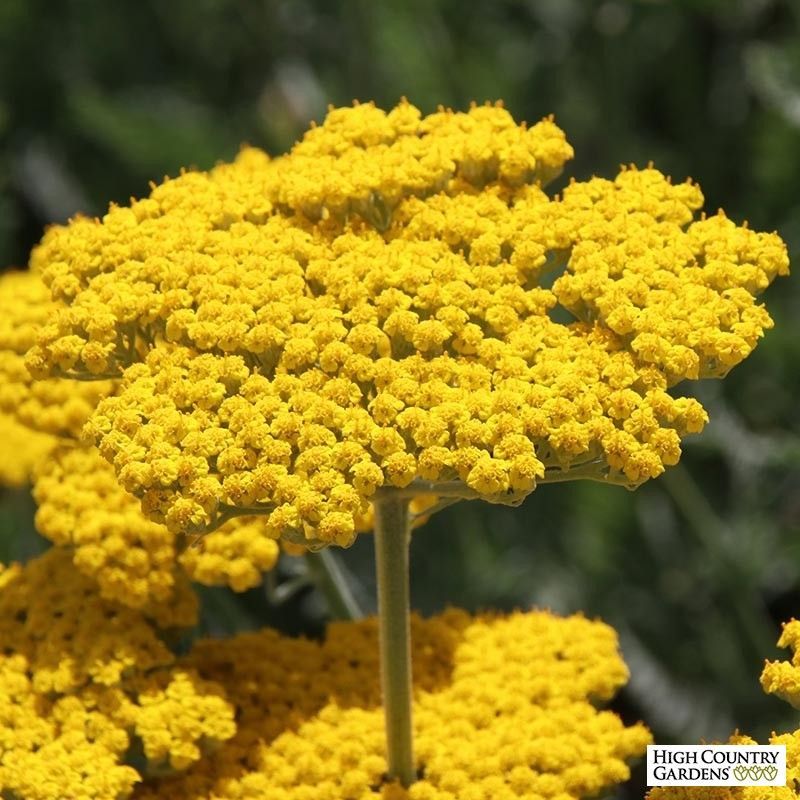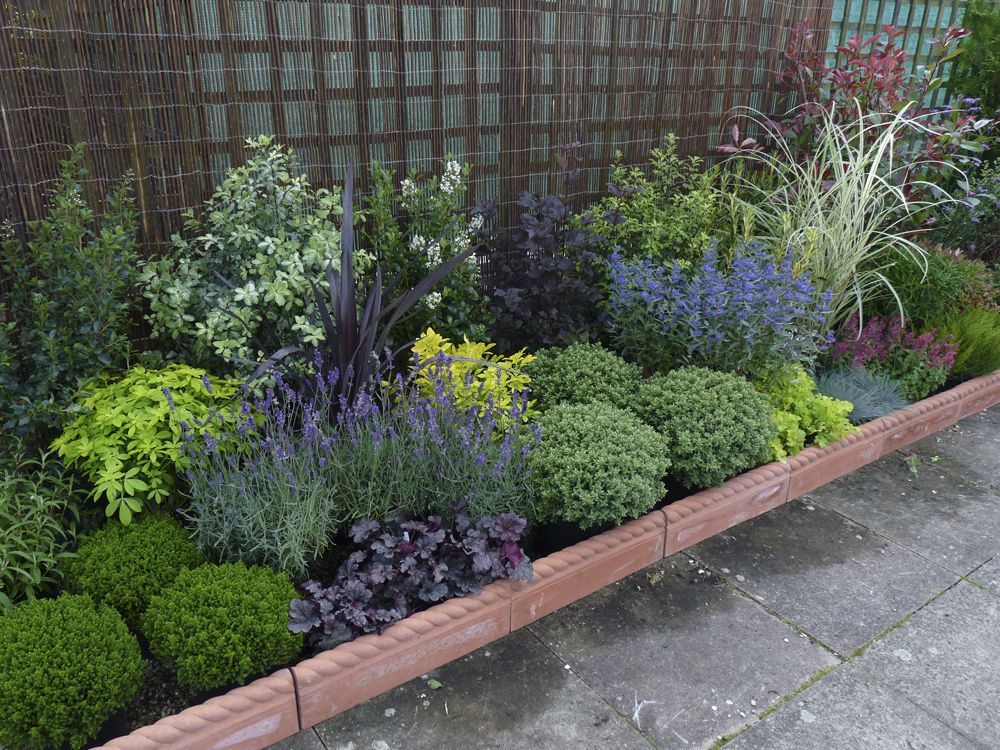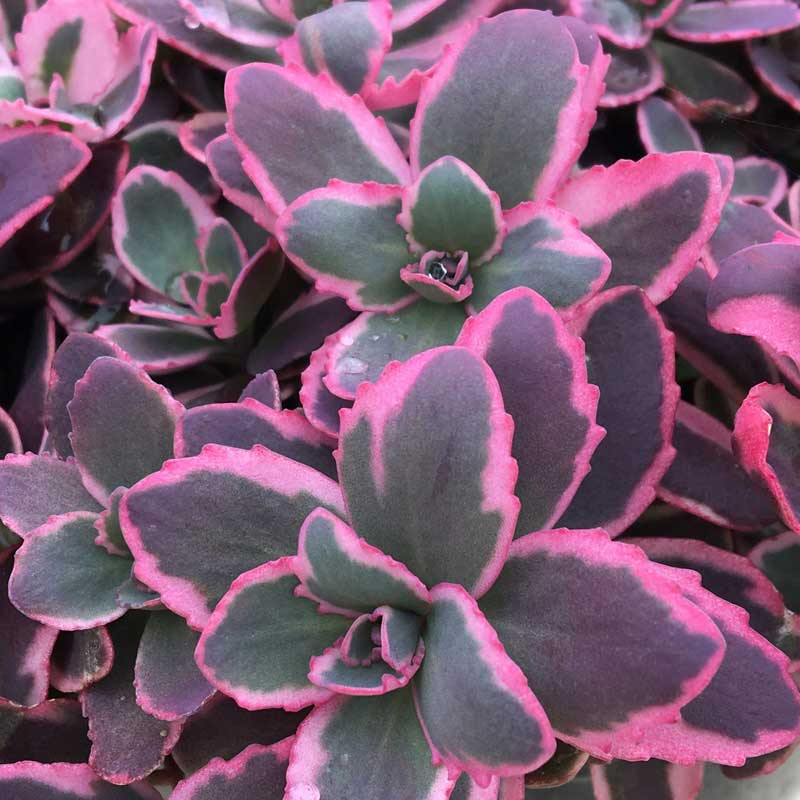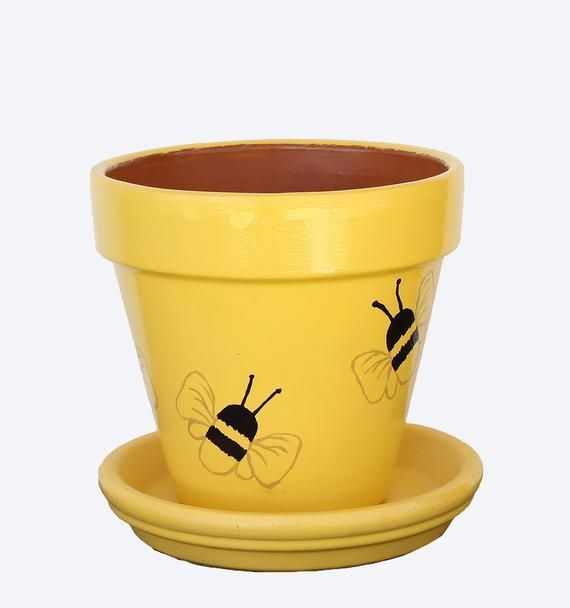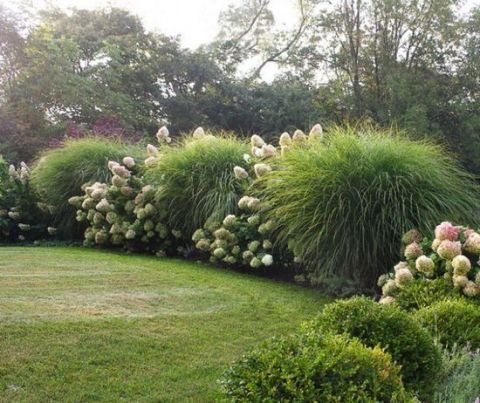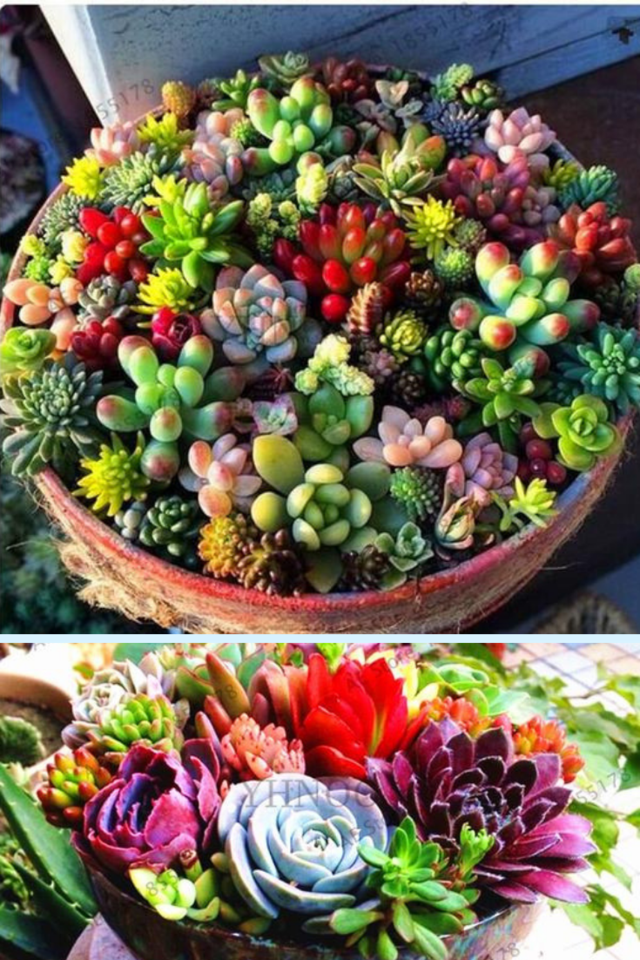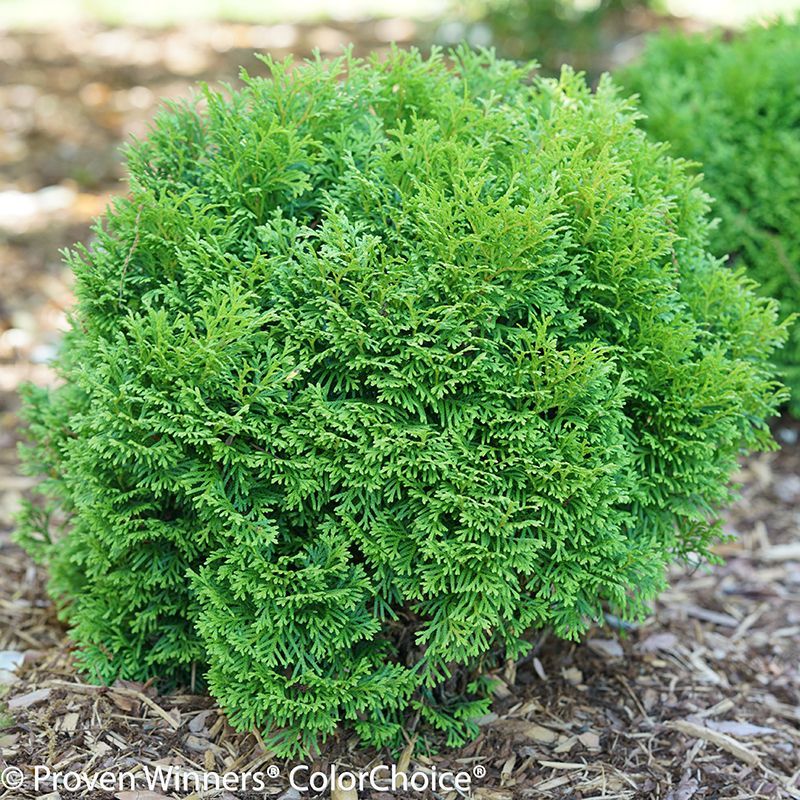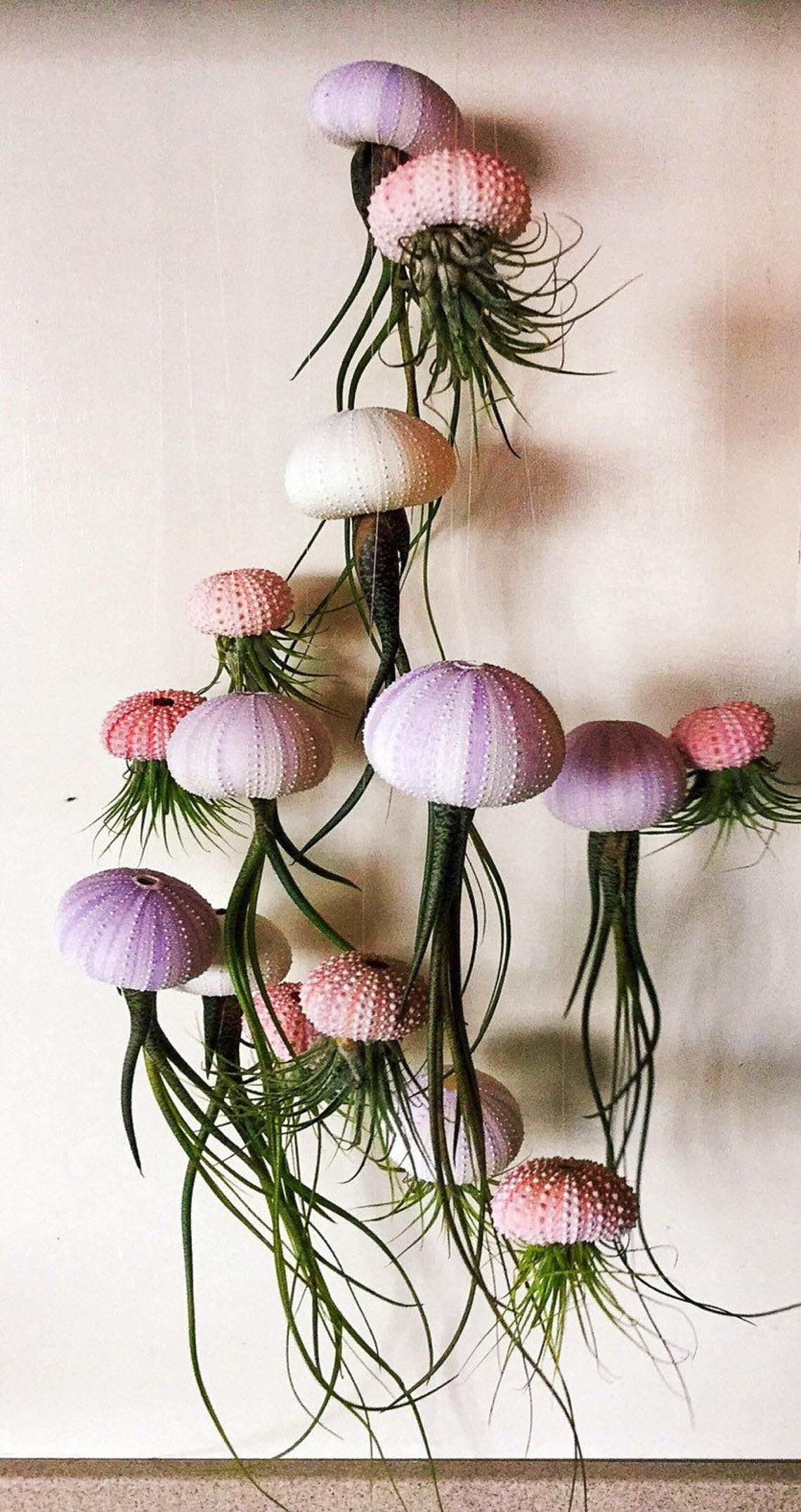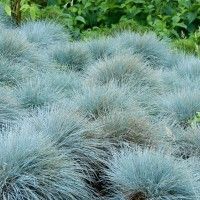15 planting other ideas
Lingonberry Plant
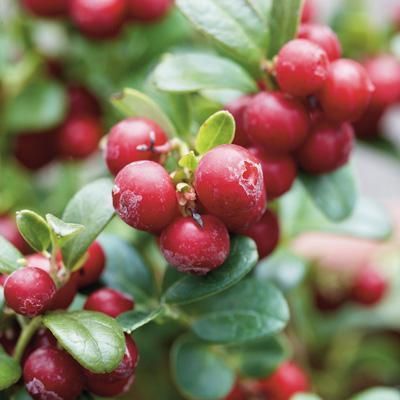
Lingonberry. Zones 3-8 рџ‘ЏрџЏј
Luscious Red Berries to Grow in Your Garden
Lingonberries (Vaccinium vitis-idaea) look like a cross between a cranberry and a blueberry, perhaps because they’re all members of the same plant family. But these round, red berries are truly individuals — a must-have for the cool-climate gardener who wants to grow an unusual fruit. Plants produce twice a year ‘– in summer and fall ‘– to reward you with two harvests of luscious berries!
Easy-Care Plants; Healthy Berries
1. Two yearly harvests. Lingonberry has two bloom seasons each year ‘– one in the spring and one in the summer ‘– which results in two berry harvests. If the flowers in the first bloom season are damaged by a late-spring frost, you’ll still be able to harvest berries in autumn from the second bloom season that begins in summer.
2. Low maintenance. Unlike some fruiting plants, Lingonberry doesn’t need a lot of maintenance. The evergreen plants grow as a groundcover to discourage weeds, and they don’t need a lot of fertilizer or pruning to keep them producing year after year.
3. Healthy fruit. The University of Massachusetts and other research universities note the antioxidant and cardiovascular benefits from eating Lingonberries.
An Edible Plant that Also has Landscape Value
You’ll probably grow Lingonberry for its fruits, but this plant gives you a two-for-one value — it’s also a super groundcover. Small, bell-shaped, pinkish-white flowers cover the plants in spring and again in summer, attracting pollinators and painting the plants with colorful accents. The flowers are followed by bright-red berries, which give the plants another pop of color. You can plant Lingonberry on banks or slopes as an effective erosion-control plant.
Minimal Care Required
Use this checklist to give Lingonberry plants an optimal environment for growth and berry production:
• Sun. Although plants can tolerate partial shade, berry production will be higher in full-sun sites.
• Soil. Lingonberry prefers acidic soil ‘– pH around 5.0 ‘– to perform its best. Your local Cooperative Extension Service Office can test your soil and give recommendations for adjusting the pH. Lingonberry is salt-sensitive, so if you live in a Northern climate, keep plants away from areas where de-icing salts wash into the soil after they’re spread on sidewalks and driveways.
• Water. During the first year after planting, the root system needs regular watering for plants to become established. In subsequent years, keep plants watered at the rate of one-half to three-quarters of an inch each week.
• Fertilizer. Too much fertilizer actually decreases the yield of plants. Apply fertilizer according to soil-test recommendations.
• Pruning. Lingonberry plants rarely need pruning. If you want to trim plants back to stimulate new growth, wait until they are at least 5 years old, and cut them back in early spring.
Cross-Pollination Tip
One Lingonberry plant will produce berries without a second plant nearby for cross-pollination. However, planting more than one plant increases the yield as well as the size of the berries. Healthy, mature plants yield from one-half to 1 pound of berries per plant; each square yard will reward you with up to 10 pounds of fruit twice a year!
